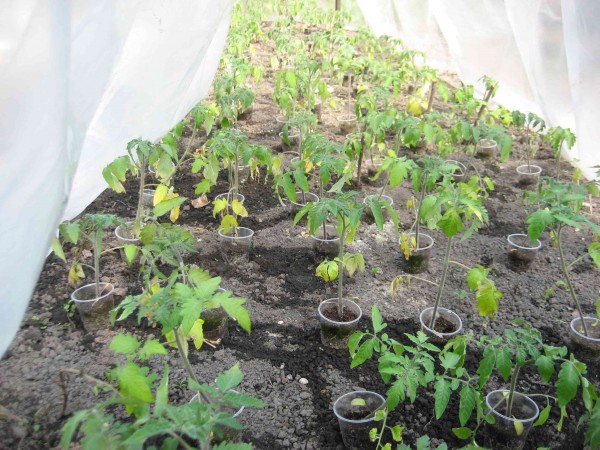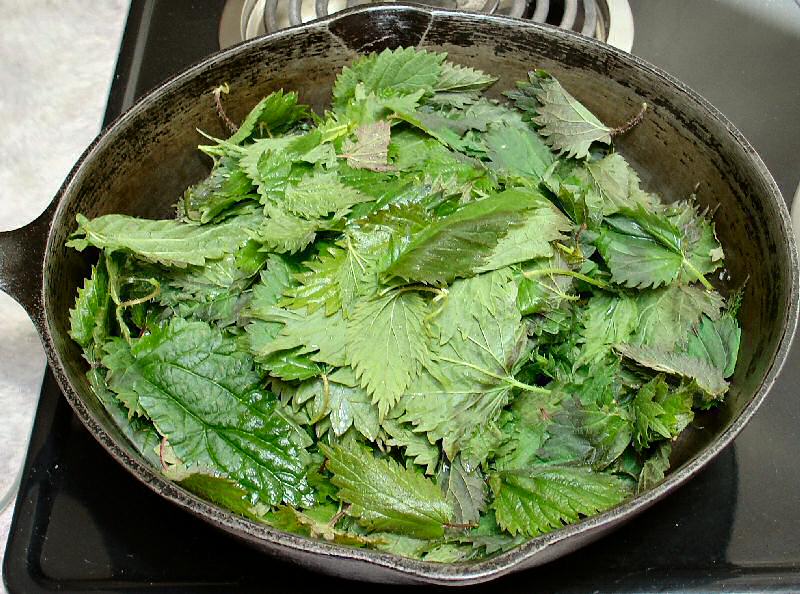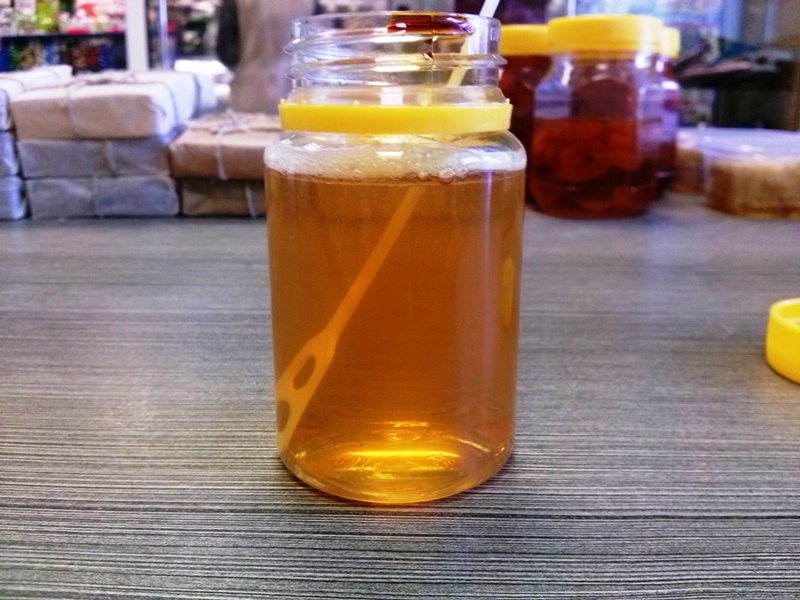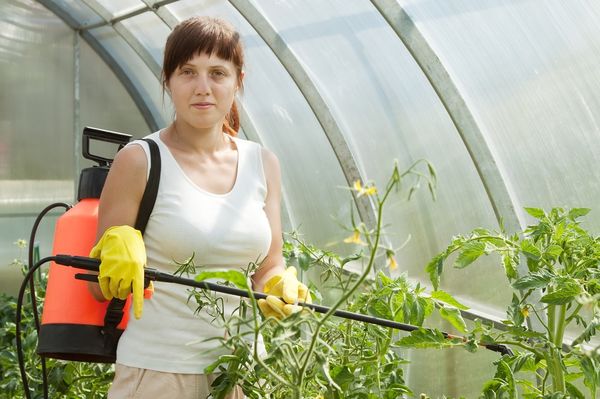Useful tips for feeding tomatoes in greenhouses
Content
When to fertilize
After planting seedlings in the ground, different types of fertilizers should be applied at different periods of tomato growth in order to replenish the resources spent on the growing season or to get protection from diseases. In many ways, caring for crops growing in greenhouses and greenhouses is similar to feeding a child - there is a specific diet and daily routine approved by experts that will help develop all the key characteristics.

The first fertilizing after planting is carried out when the tomato seedlings are just beginning to adapt to new conditions and climate. Creating optimal conditions for growth is the main task of the gardener. Especially considering that plants do not grow in open ground, but in a polycarbonate greenhouse space protected from many insects and harmful environmental influences. This foliar dressing is carried out in early June. Since it is often not recommended to apply fertilizers, so as not to knock down the growing season of the tomato, the next top dressing should be carried out no earlier than three weeks later. For convenience, measure for months, if the first time you fed in early June, then the second time you should do it in early July.
On an open site, the timing is about the same. Depending on the growth activity of the tomato, the third feeding is carried out 10 days after the second, that is, somewhere closer to mid-July. This is a supportive feeding, which, in accordance with the book of O. and A. Ganichkin, "Golden 6 acres", should contribute to the saturation of the ovaries with nutrients. Also, the fourth top dressing is situational and falls on the fruiting period of the tomato. Fertilizers make up a small part of this dressing, as they can negatively affect the taste of the fruit.

But light weekly foliar feeding can be carried out every week, immediately after planting seedlings in the soil of a polycarbonate greenhouse. Watering with water with a little fertilizer will help speed up the growing season of the tomato. In addition to the terms tied to the growing season of the crop, feeding is tied to the daily cycle of plants. So watering is best done on a cloudy day or wait for the evening. Despite the fact that the light transmittance of polycarbonate is lower than that of glass, plants can still get sunburn. After all, the water droplets on their leaves are miniature lenses.
What fertilizers does a tomato require?
So, what fertilizers are needed to feed the tomatoes in the greenhouse without a hitch? The most "tasty" elements that are needed for a good vegetation: potassium, phosphorus and nitrogen. In a greenhouse with its microclimate, as in the open field, after planting, tomatoes must develop an extensive root system so that further vegetation is smooth. Phosphorus helps them in this, so the first feeding should contain a significant proportion of this fertilizer. In addition to the development of the root system, phosphorus has a beneficial effect on the assimilation of other macro- and microelements. With a lack of this mineral, tomato leaves become covered with dark red spots and begin to curl.

Potassium, as one of the active elements in growing green mass with tomatoes, is necessary for the plant immediately after planting in the soil of the greenhouse. It is the sufficient potassium content that allows the plant to form a strong stem and process carbon dioxide. With a lack of this mineral, both in the open area and in the soil of the greenhouse, the lower leaves of the tomato accumulate ammonia nitrogen, which leads to their death. As a result, potassium fertilization stimulates the formation of fruits and increases the immunity of tomatoes.
Nitrogen is the engine for gardening tomato bushes. It is he who promotes rapid growth after planting seedlings in the soil of the greenhouse. However, shortly before the flowering period, the application of nitrogen-containing fertilizer should be stopped so as not to spoil the formation of inflorescences and ovaries. On suspended soil (both open and greenhouse), tomatoes require magnesium sulfate, especially during the formation of inflorescences and fruits. Also, do not forget about boron, copper and manganese, which contribute to better vegetation after transplanting.

Among the recipes for dressing in the book by O. and A. Ganichkin "Golden 6 acres" the following are mentioned:
- Add 2 tbsp to 10 liters of water. spoons of "Agricola Vegeta" and 1 tbsp. a spoonful of nitrophoska;
- Add 2 tbsp to 10 liters of water. spoons "Effekton-O", 1 tbsp. a spoonful of Agricola for tomato, pepper and eggplant;
- Add 1 tbsp to 10 liters of water. a spoonful of superphosphate, 2 tbsp. spoons "Agricola Forward";
- Add 1 tbsp to 10 liters of water. a spoonful of superphosphate, potassium sulfate;
- In 10 liters of water, dilute 2 tbsp. spoons "Effekton-O".
It is also good to do watering with ash, boric acid, chicken droppings, after basic dressings. Mix 5-10 g of iodine and 0.5 l of wood ash in 10 l of water. The solution is infused for 10 hours.

During the flowering period, both in the open area and in the greenhouse, you can fertilize the beds with boric acid by mixing it with sugar. Having made an infusion with chicken droppings and 2 g of boric acid, through watering, you will help the tomatoes survive the adaptation period well, increasing their immunity to fungal diseases. A mixture of boric acid and yeast will help keep the leaves fresh both outdoors and in the greenhouse. Any fertilizer with the addition of boric acid after transplantation or crop disease is well suited.

You can also use herbal infusion: you will need 50 liters of water, 4 kg of chopped plant residues, 1 kg of mullein. All ingredients are thoroughly mixed and infused for 3 days. Then the volume of the solution is brought to 100 liters.
Video "How can you fertilize tomatoes"
The record contains tips for feeding and caring for tomatoes that are grown in greenhouses.

